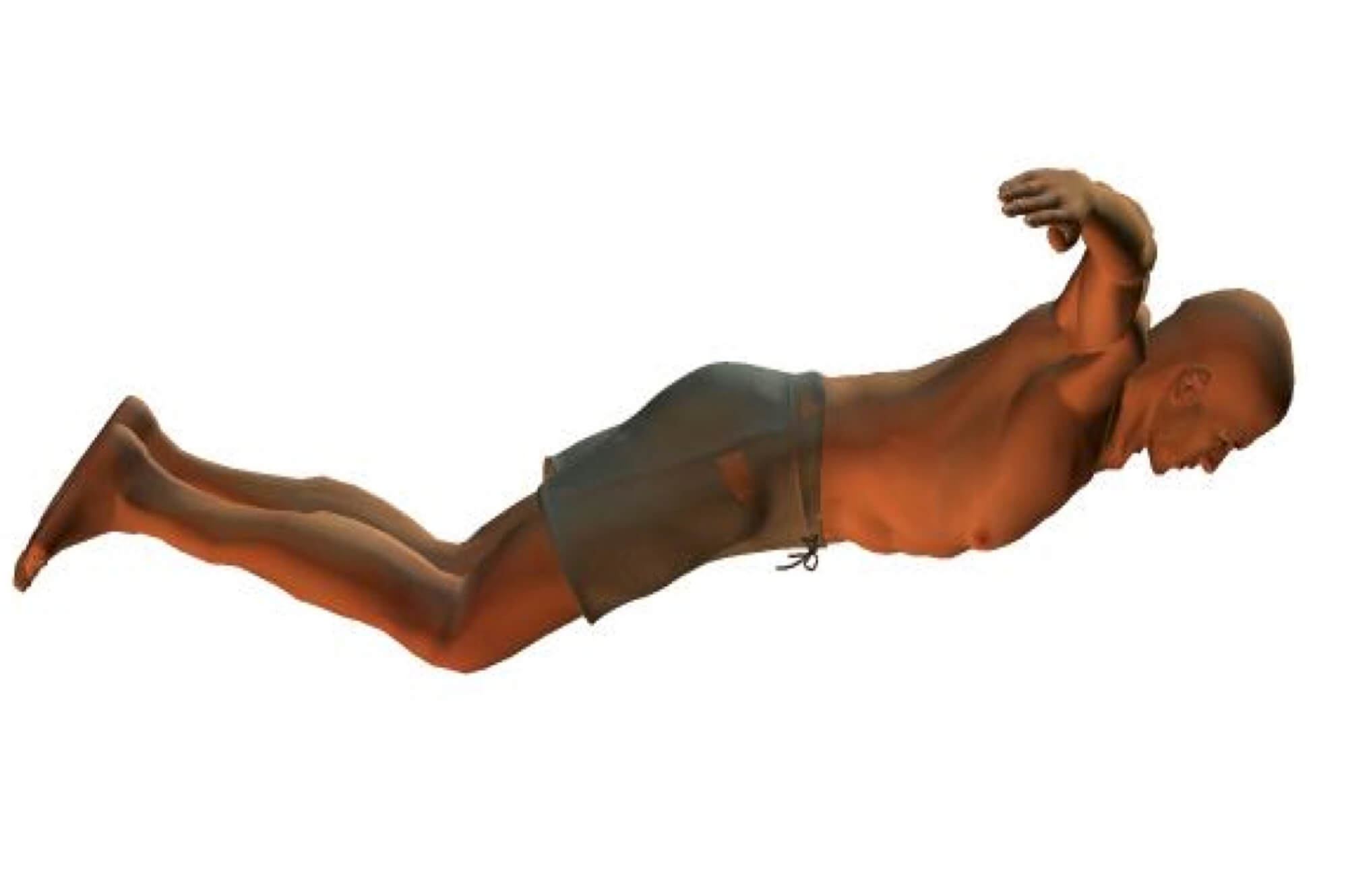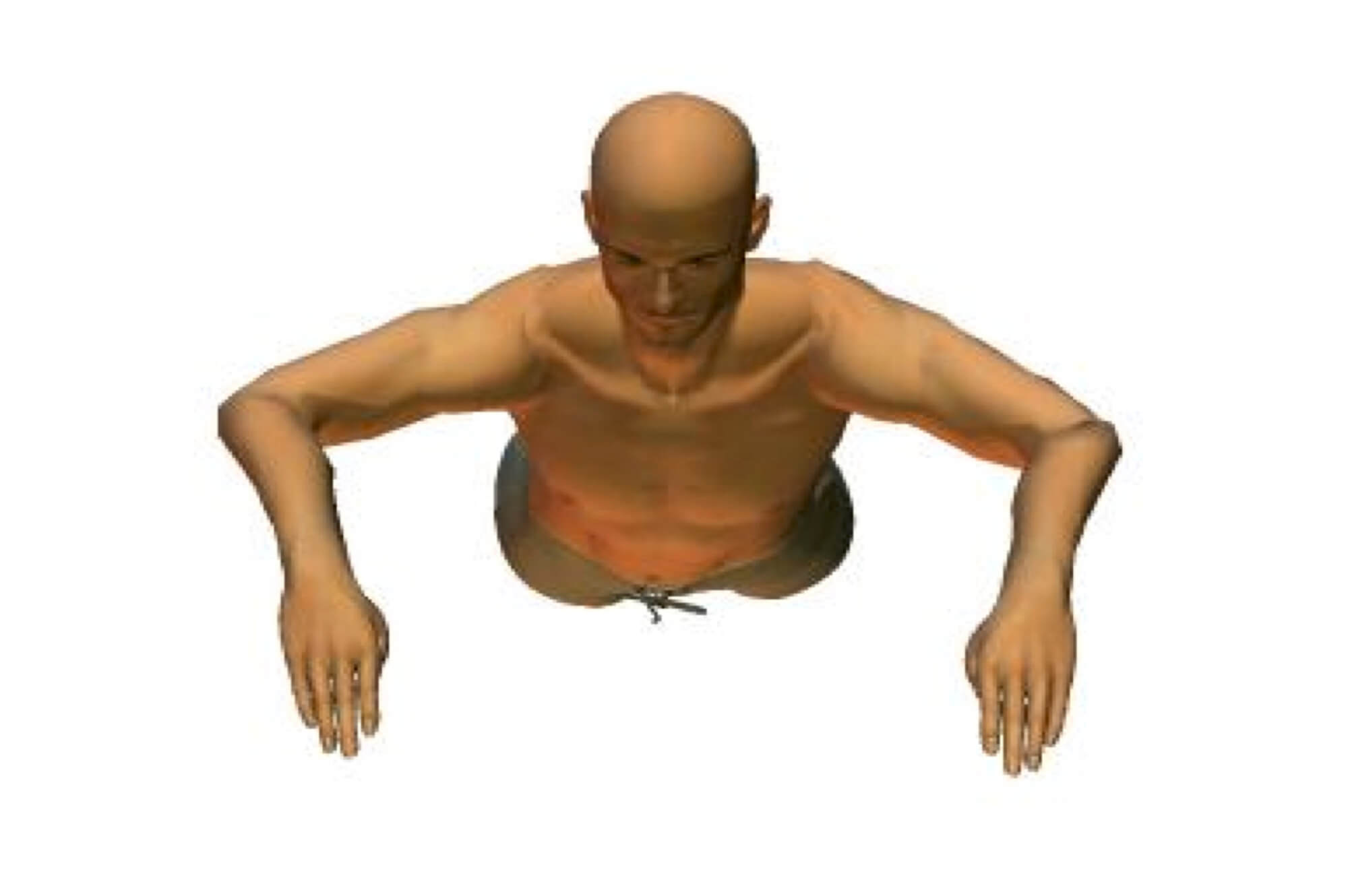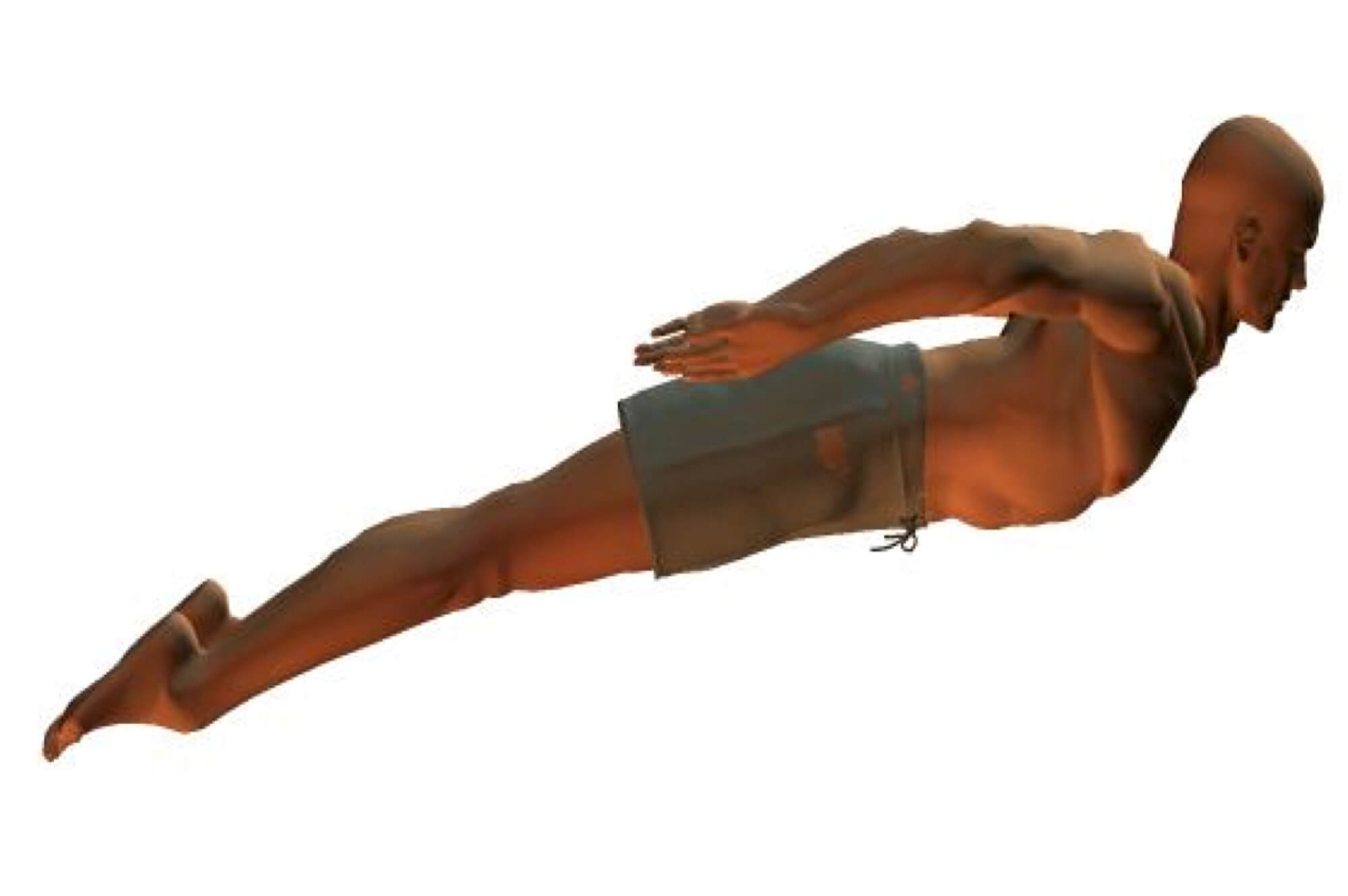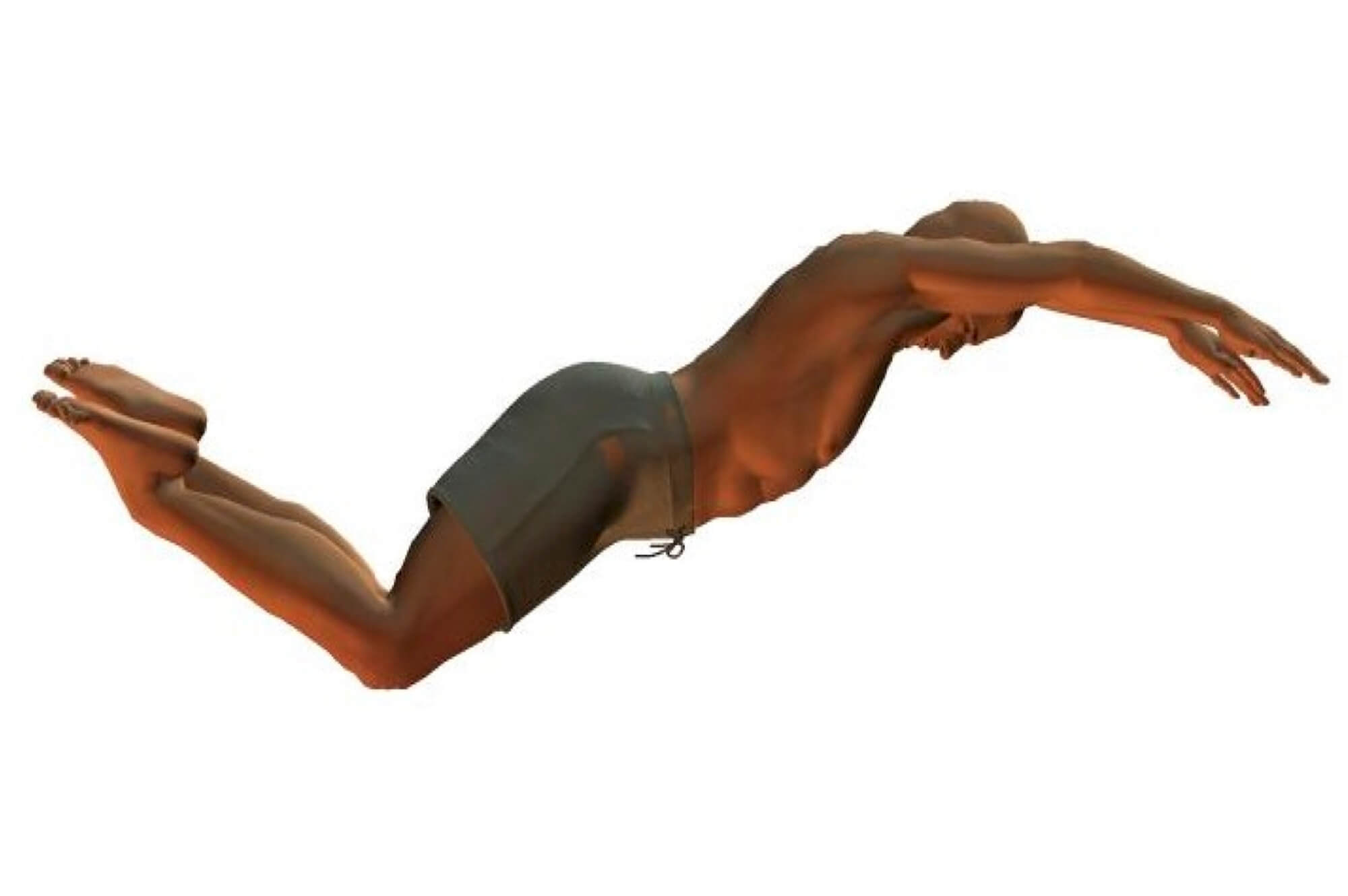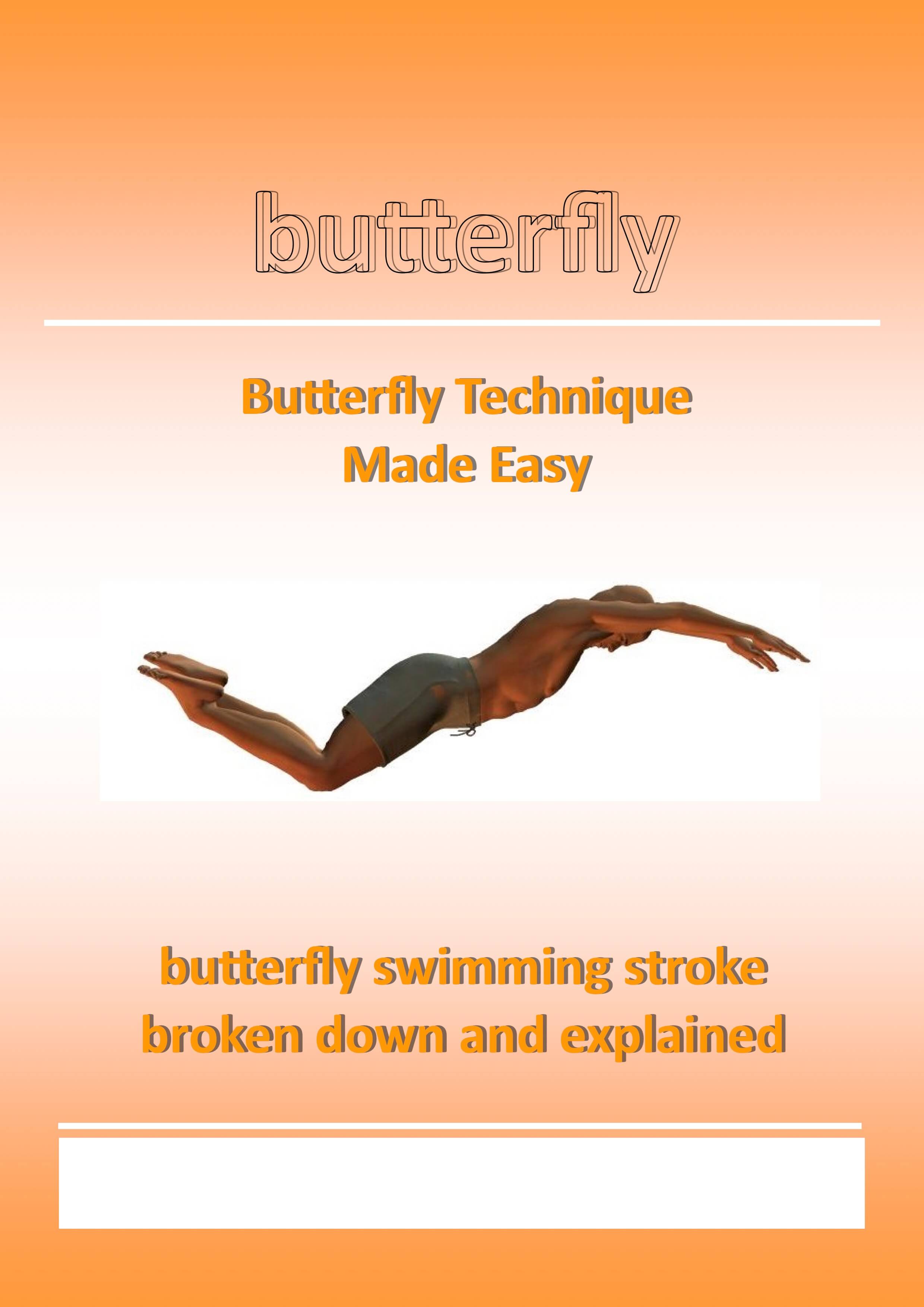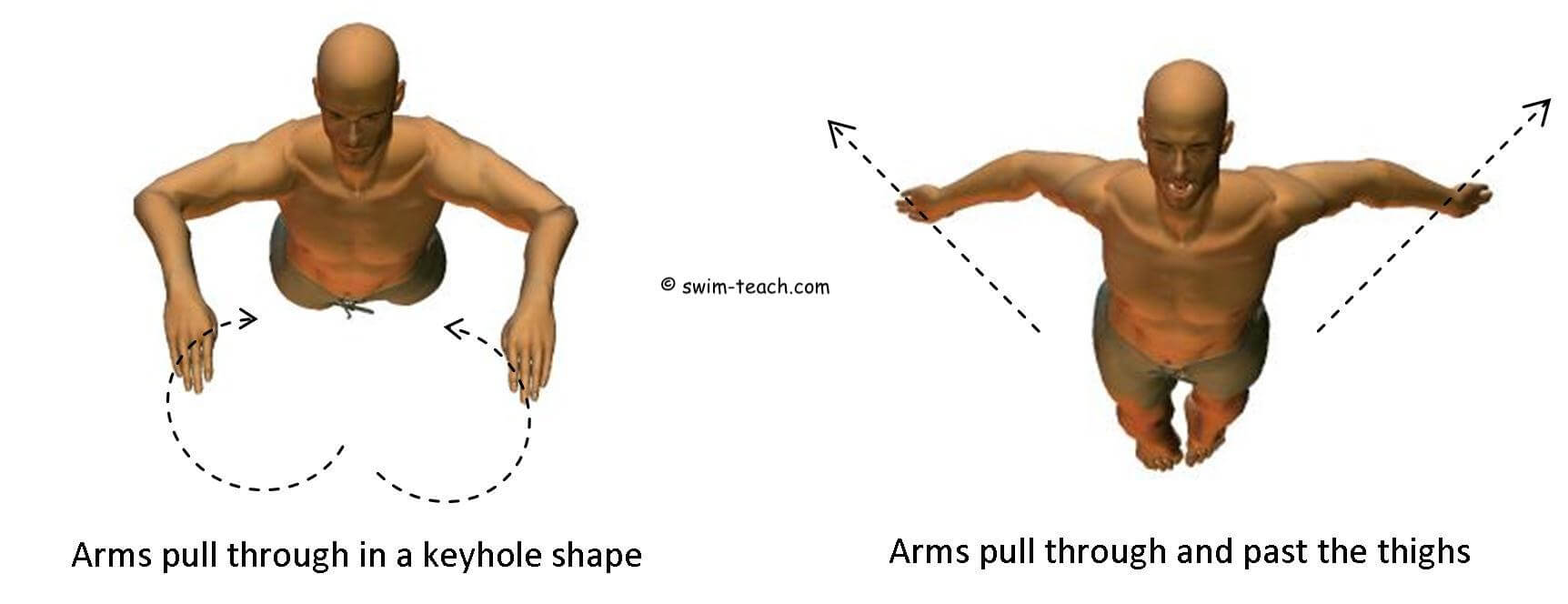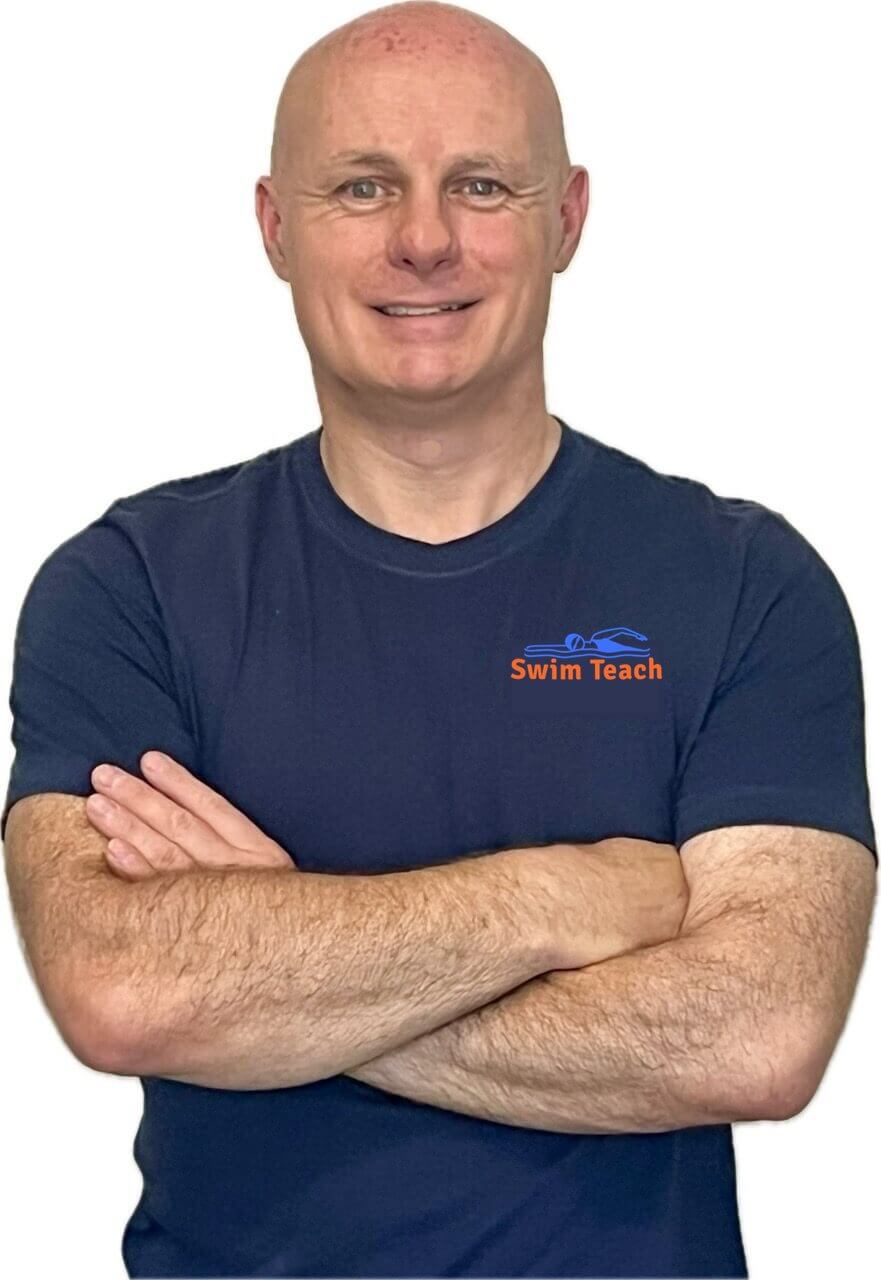- Swim Teach Home
- butterfly stroke
- Butterfly Stroke Arm Movement
What is correct butterfly stroke arm movement and why does it matter?
Are you wondering if your butterfly stroke arm movement is letting your stroke down? Discover what you need to do to get your arms in sync with the rest of your swimming stroke.
Butterfly stroke arm movement is a continuous simultaneous movement that requires assistance from the undulating body movement. Correct arm technique keeps the leg kick and body movement balanced.
HOW TO SWIM BUTTERFLY STROKE EBOOK: everything you need to master butterfly stroke swimming stroke. 16 easy drills that focus on each part of butterfly stroke technique. From body position to breathing and timing. Decades of teaching experience all packaged into 1 easy file. Download to your device and master swimming butterfly TODAY! (click here for a preview).
Don't miss out! Click here for more details on how to get your copy.
Butterfly Stroke Arm Movement Video
FREE EBOOK: all of the technique tips here can be found in my 'Butterfly Stroke Technique' book, along with a couple of bonus drills to help you perfect some essential parts of the stroke.
Don't miss out! Click here to grab a FREE copy of my book.
The arm action is similar to front crawl, as the arms pull long through the water towards the hips and recover over the water surface. The underwater catch, down sweep and upsweep parts, draw a typical keyhole shape through its movement path.
1. How do you perform the hand entry phase in butterfly arm technique?
- The entry of the hands into the water should be fingertips first, leading with the thumb.
- Fingers should be together with palms flat and facing outwards.
- Arms should be stretched forward with a slightly bent elbow.
- Arms should be extended inline with the shoulders.
2. What happens during the catch and down‐sweep in butterfly stroke arm movement?
- The pitch of the hands changes to a deeper angle with hands almost vertical.
- The catch and down sweep should begin just outside the shoulder line.
- The elbow should bend to about 90 degrees to provide the extra power required.
- The hands sweep in a circular motion similar to breaststroke, but in a downwards path.
3. How should the quick hand upsweep and recovery look in butterfly arms?
- The pitch of the hands changes to face out and upwards towards the water surface. Elbows extend fully to straighten the arms and hands towards the thighs.
- Hands and arms must clear the water on recovery. Arms and hands should exit the water with little fingers facing upwards.
- Arms must clear the surface as they recover over and forwards. Palms remain facing outwards, naturally giving a thumb-first entry.
Which common mistakes in butterfly stroke arm movement are slowing you down?
The two most common mistakes made when it comes to butterfly arms are:
- an incomplete or short pull
- wide hand entry
Short or Incomplete Pull
The arm technique is sometimes compared to front crawl when taught to beginners in its most basic form. This is where the similarities end, and this comparison can sometimes be taken literally, resulting in an almost double front crawl arm action with an excessive elbow bend. This is due to the long sweep and the recovery over the water surface.
Wide Hand Entry
The most common mistake made amongst slightly more advanced butterfly swimmers is a hand entry that is too wide. The hands should enter the water in line with the shoulders. If the entry and catch are wide of the shoulder line, this will result in a weak and inefficient arm pull.
Simply walking through the shallow water of about shoulder depth practising the arm action in slow motion will help establish a full sweep and an inline hand entry.
Now complete your butterfly stroke by adding in the rest of the Stroke parts...
You have learnt all about the arm action - great! My book 'How To Swim Butterfly' will give you everything you need to take your butterfly technique to the next level.
Click below to download a copy to your computer, tablet or mobile device. Or, click here for more details.
I am a member of the Amazon Associates Program and I will earn a commission from qualifying purchases at no extra cost to you.
